Difference Between Poured and Pressed Silver Bars
One common question we receive from investors and collectors new to purchasing precious metals is “What is the difference between the different types of silver bars?” When referring to silver what they are asking is the difference between poured or pressed silver bars. In this article we are going to discuss how they differ, how they are manufactured and also cover the advantages and disadvantages of each so that you can make an informed decision when you decide to buy silver bars.
Poured Silver Bars
When a manufacturer or mint produces a poured silver bar, what they are doing is taking melted silver and pouring it into molds (also called casts) to form a desired shape. Once the metal has cooled and set, the silver bar is then weighed to ensure it contains the proper amount of silver. Certification is then provided to show the origin, weight and purity of the bar. This certification can come in different methods such as a stamp on the bar, or a serial number with a corresponding Certificate. Due to this method of pouring melted metal, each poured silver bar will have a slightly different appearance – just like no two sheets of brownies will look “exactly” the same even though they have the same shape if they use the same pan. Poured silver bars will also not have that high polished appearance like their stamped/pressed counterparts. Their finish will have a more matte appearance and to some collectors this is desirable because it has a more vintage feel to it.
Pressed Silver Bars
Mints that make pressed silver bars take a completely different approach to making their bars. Instead of starting out with molten silver, they start with what is known as “blanks.” A blank is a piece of metal that is the shape of a bar or coin, but it is smooth and has no design (picture a quarter that has been worn down completely so there is no design and is smooth and shiny). The blanks are then loaded into a machine that applies thousands of pounds of pressure with a die containing the design. The blank is stamped and the die design is pressed onto the blank resulting in a finished round or bar. These pressed bars often times have more intricate designs and a high-gloss finish. Because there is no melting involved in the production of pressed bars they are often times cheaper than poured silver bars.
History of Poured and Pressed Silver Bars
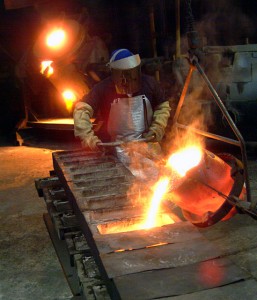 Pouring bars, rounds and ingots has been thoroughly documented throughout history and has been around for almost as long as there has been money. It is a fairly simple process in that you don’t need any special technology, just a hot fire and a mold (which could be made of stone). But, in today’s society with all of our technological advances, pouring metal is actually a very slow process and is quite inefficient – especially on the small scale (bars less than 100 ounces). Can you imagine pouring 1 ounce at a time to create a bar.
Pouring bars, rounds and ingots has been thoroughly documented throughout history and has been around for almost as long as there has been money. It is a fairly simple process in that you don’t need any special technology, just a hot fire and a mold (which could be made of stone). But, in today’s society with all of our technological advances, pouring metal is actually a very slow process and is quite inefficient – especially on the small scale (bars less than 100 ounces). Can you imagine pouring 1 ounce at a time to create a bar.
However, on a large scale pouring metal has great purpose. When mints and governments exchange bullion, they are doing it on a large scale – think 100 to 1,000 ounce bars. And when you’re dealing in bars that large, they were almost definitely made by a pouring method. It is not cost effective or economical to create a pressing machine to stamp bars that large. In fact, most companies don’t even make blanks that large.
Because of the technological advances, pressing/stamping is a much more efficient method of producing bullion. However, it works best on a small scale such as 1 ounce bars. Most silver bars in the industry under 100 ounces have been produced using this method and is similar to the technique used in todays modern money (pennies, nickels, dimes, quarters). Pressing is much faster and requires less human interaction.






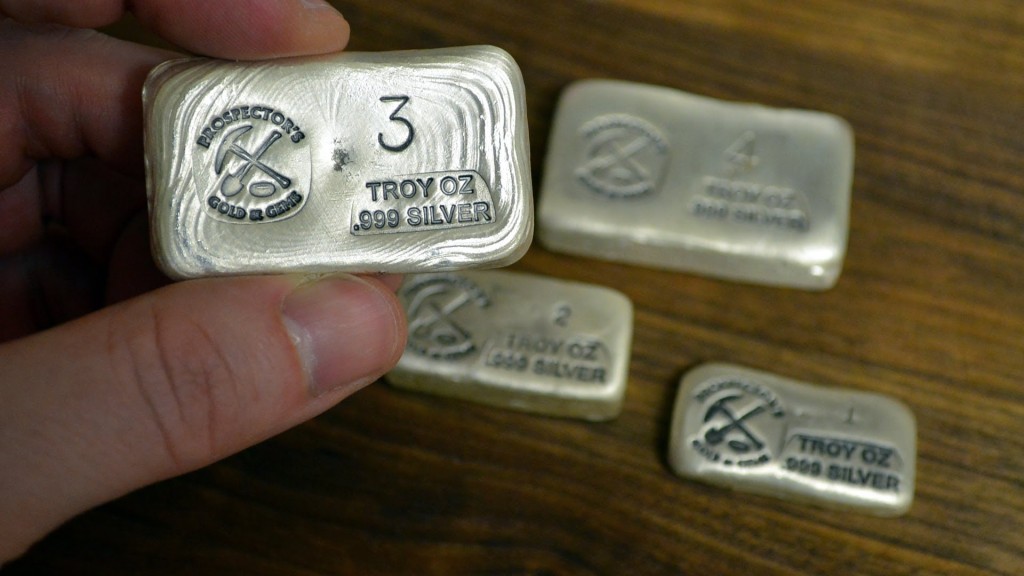
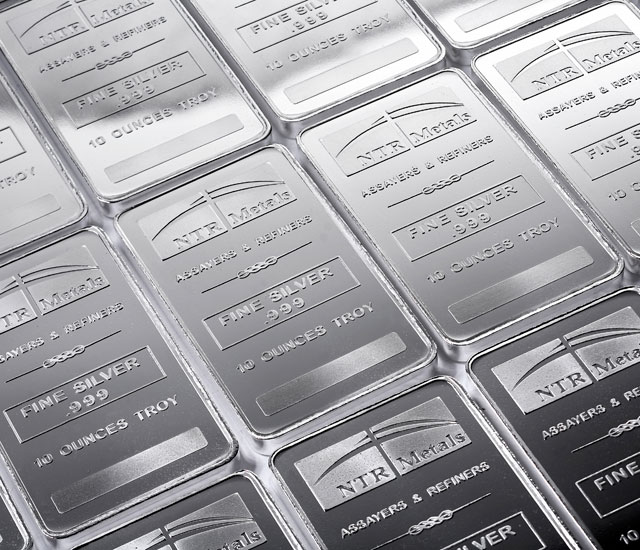
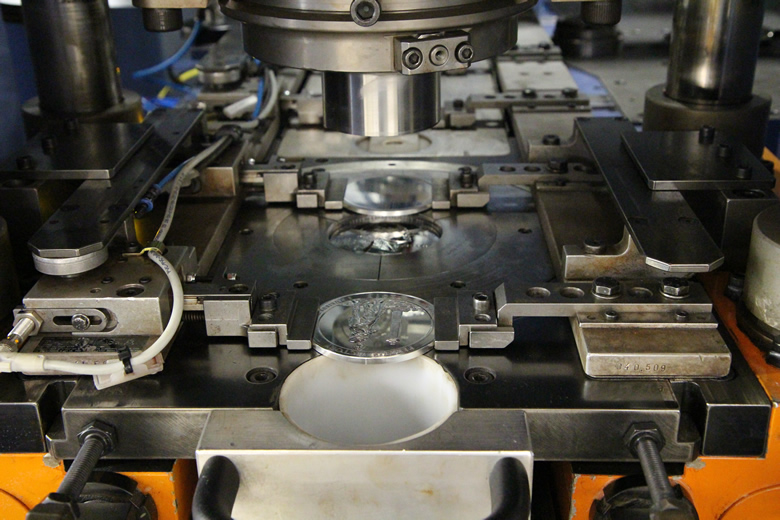

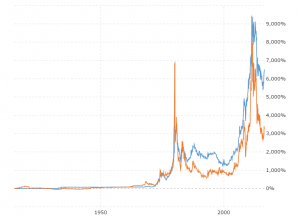

Learn something new every day. Have always bought pressed bars.dont think i have ever seen poured bars.thanks for info.
I just bought both kinds, now I’m just obsessed with knowing where each one came from